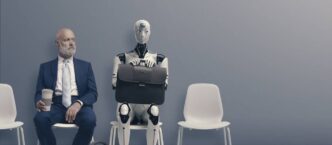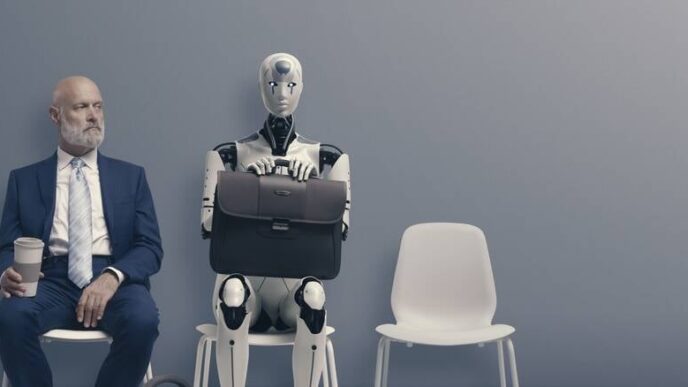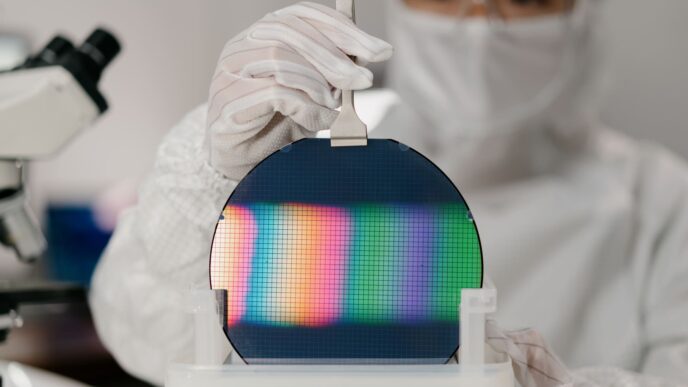Study finds Large Language Models fall short on sensory-rich concepts like flowers
A new study from Ohio State University reveals current Large Language Models (LLMs), like those powering popular AI tools, can’t fully grasp sensory or motor-based concepts.
Researchers tested how well LLMs understand words tied to senses and action, such as flowers that can be smelled or touched. They found AI models fall flat because they lack bodies or real-world experiences.
Lead author Qihui Xu explained:
"A large language model can’t smell a rose, touch the petals of a daisy or walk through a field of wildflowers. Without those sensory and motor experiences, it can’t truly represent what a flower is in all its richness. The same is true of some other human concepts."
That sensory gap might be why AI’s creativity feels shallow. Cognitive scientist Mark Runco, who was not involved in the study, said:
"AI doesn’t have rich sensory experiences, which is why AI frequently produces things that satisfy a kind of minimal definition of creativity, but it’s hollow and shallow."
The research, published June 4 in Nature Human Behaviour, also found LLMs trained with visual data perform better on representing visual concepts than those trained on text alone. Still, even these models lack other senses like touch or hearing.
Researchers see potential for future AI improvements. Xu noted AI combined with sensor data and robotics could one day interact physically with the world, improving concept understanding.
But experts remain skeptical about AI ever matching human sensory experiences. Mirco Musolesi of University College London said:
"It’s possible an AI trained on multisensory information could deal with multimodal sensory aspects without any problem."
Runco pushed back, highlighting the human brain-body connection that AI cannot replicate:
"The creative output of AI will still be hollow and shallow."
The study highlights a key barrier for AI: No matter how advanced, lacking a body and authentic sensory memories keeps AI concepts fundamentally different from human ones.














